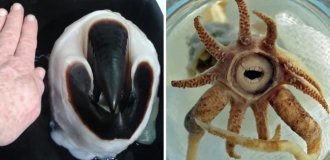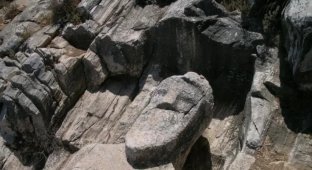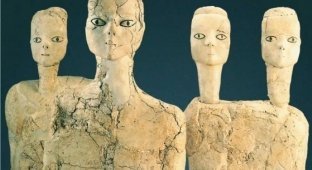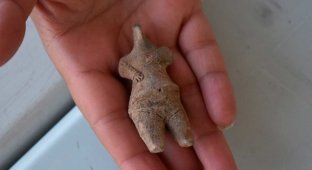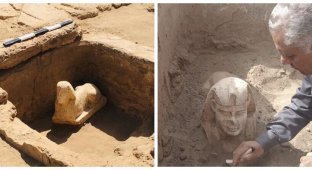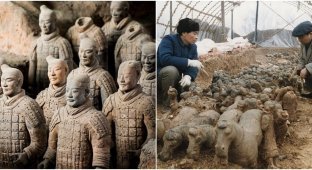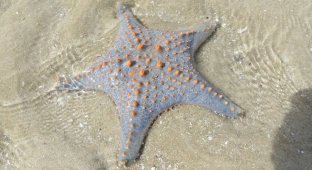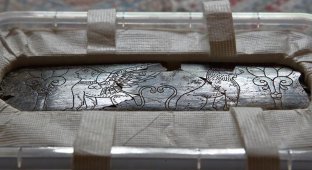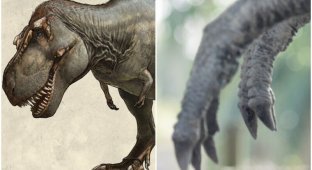Heads of statues of Aphrodite and Dionysus were found in an ancient city in Turkey (7 photos)
During excavations in the ancient city of Ayzanaya in western Turkey, the heads of statues of two Greek deities were found. The age of the finds is 5,000 years. 
The statues, said to be of “striking beauty,” depict Aphrodite, the goddess of love, and Dionysus, the god of wine. The head of Aphrodite is 48 cm high, and the head of Dionysus is 43 cm high.
The bodies of the statues were discovered during previous excavations in the ancient city, but the heads, elaborately carved from limestone, were only now found in a stream bed - and it is not yet clear how the heads and bodies were separated. 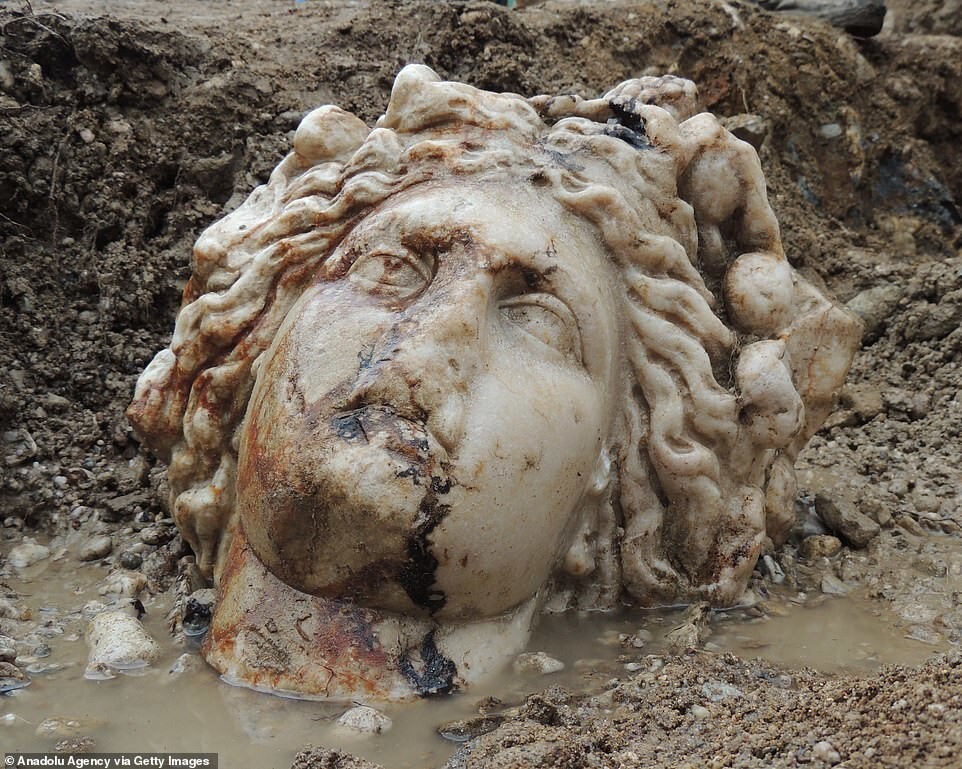
Head of Dionysus statue
According to the excavation coordinator, these are important finds, indicating that the polytheistic culture of Ancient Greece existed for a long time, without losing its significance in the Roman era. 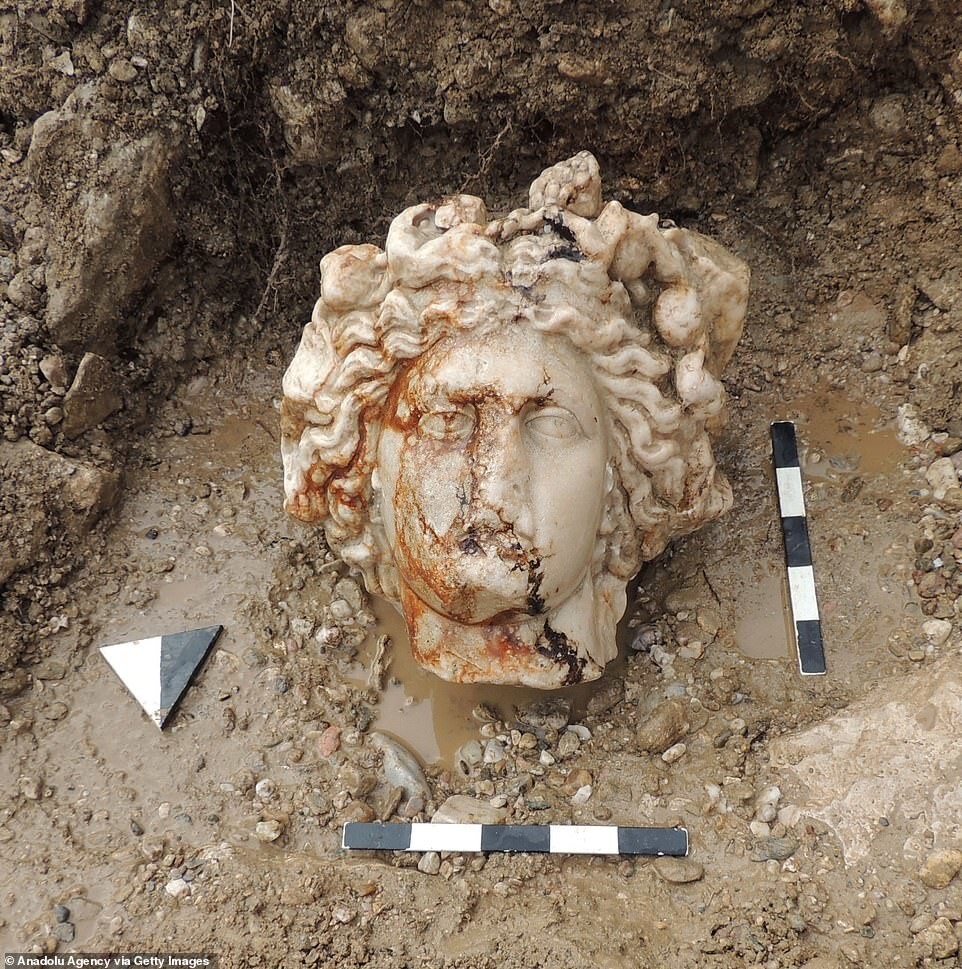
Head of Dionysus statue 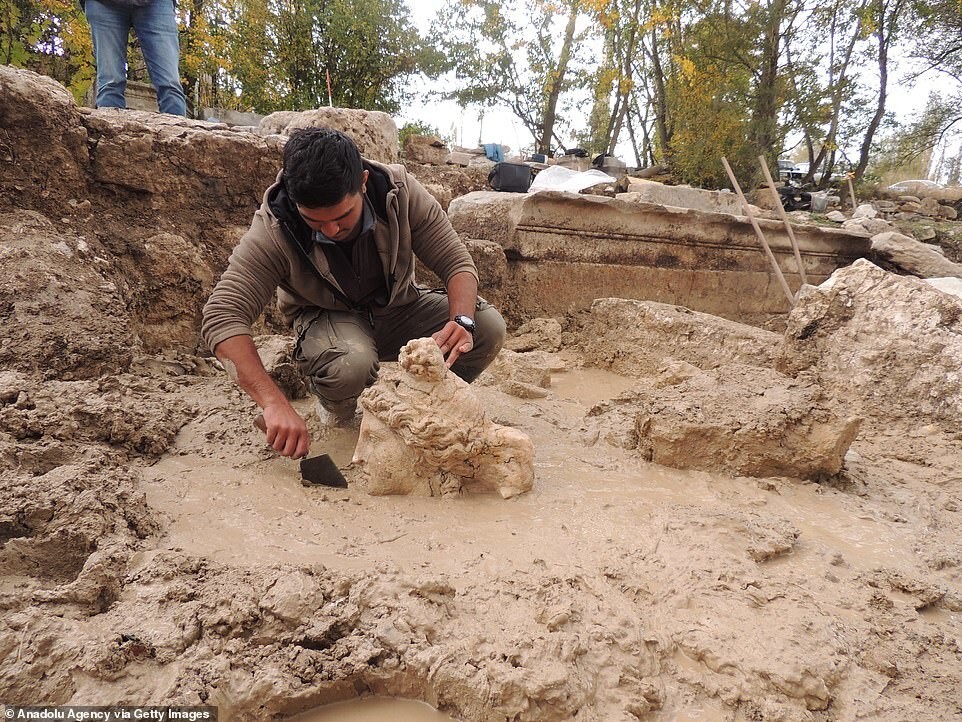
The bodies of the statues were discovered during previous excavations, and the heads were found in a stream bed in Aizanoi and it is not yet clear how the heads and bodies were separated. The photo shows the head of the statue of Aphrodite. 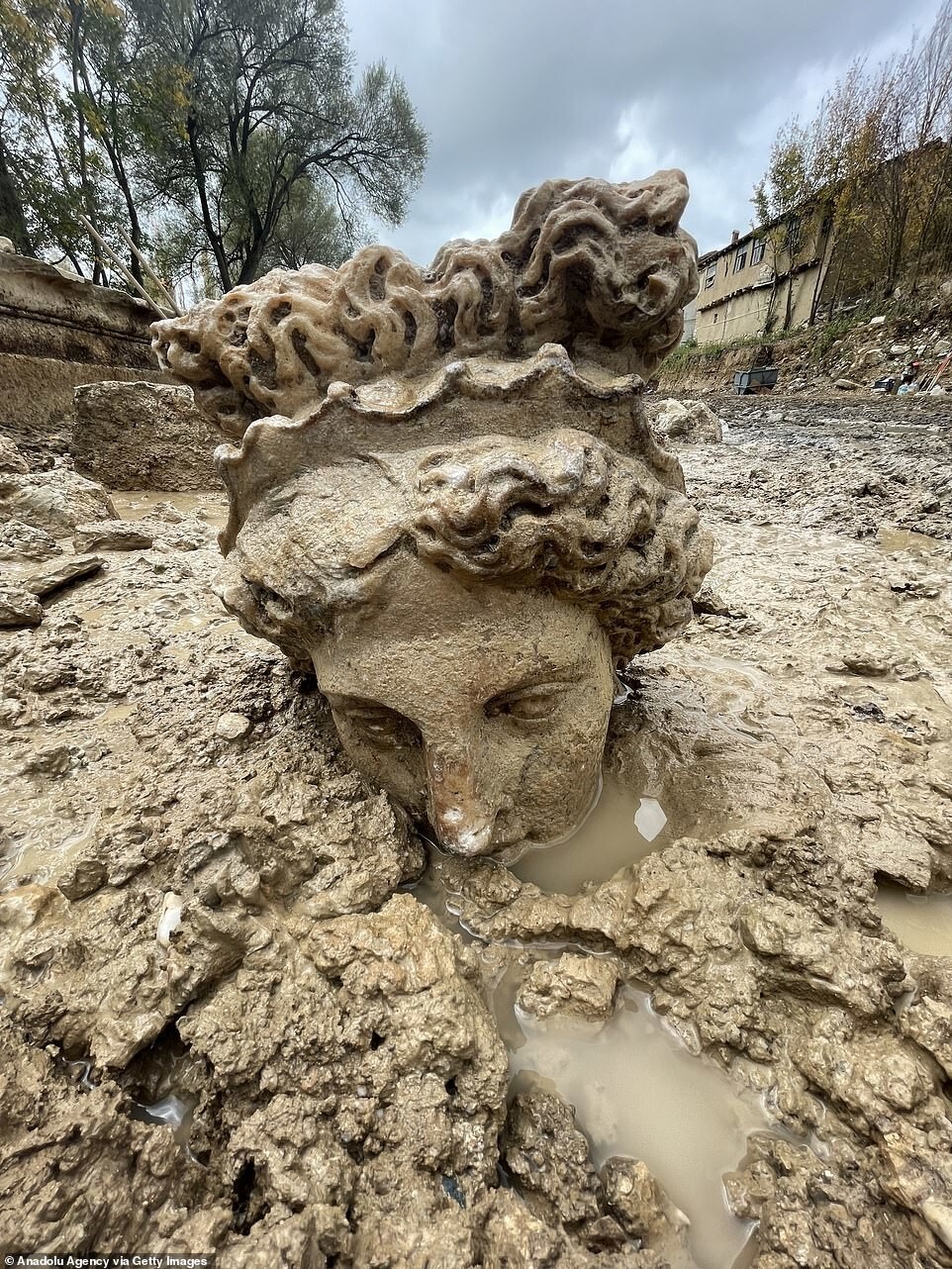
The heads of the statues are skillfully carved from limestone. The head of Aphrodite is 48 cm high, and the head of Dionysus is 43 cm high.
The ancient city of Aizanoi is one of the most significant cities of the Roman period, containing the Temple of Zeus, the stadium-theater complex and the Macellum. It was the main settlement of the Aizanites, who lived under the rule of the ancient Phrygians, and the temple of Zeus found on the site dates the city to 3000 BC.
Aizanou was discovered by Europeans in 1824, but excavations began only in 1926. 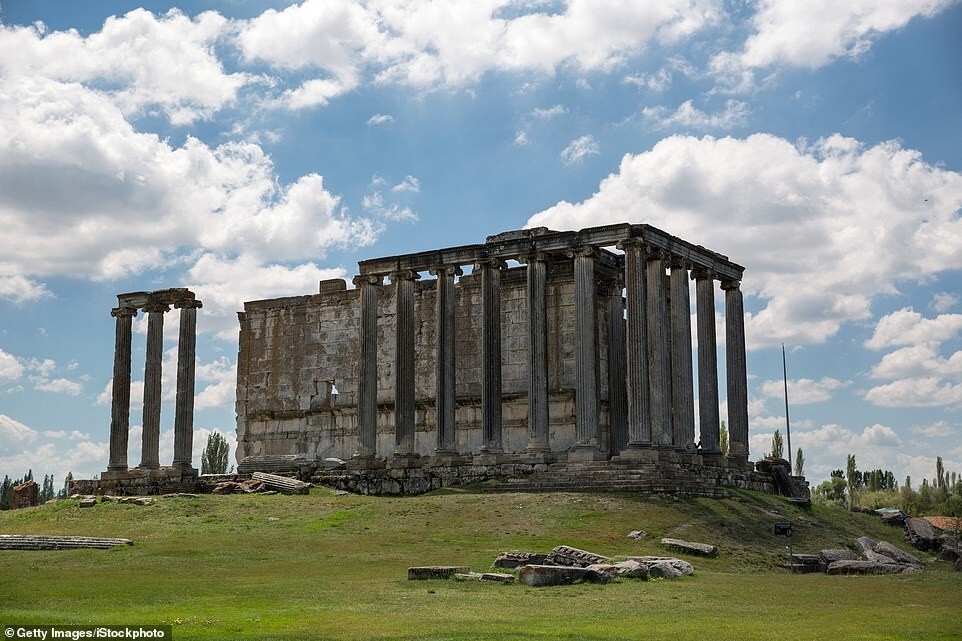
Temple of Zeus at Aizanoe, 3000 BC.
Archaeologists currently working at the excavation site believe that the latest find indicates that a sculpture workshop may have existed in the region, producing stunning works of art.
In August, the same team of archaeologists announced that they had found part of a statue of the ancient Greek goddess Hygieia, also in Aizanoe. The body of a human-sized statue was found. The head, unfortunately, has not survived to this day. 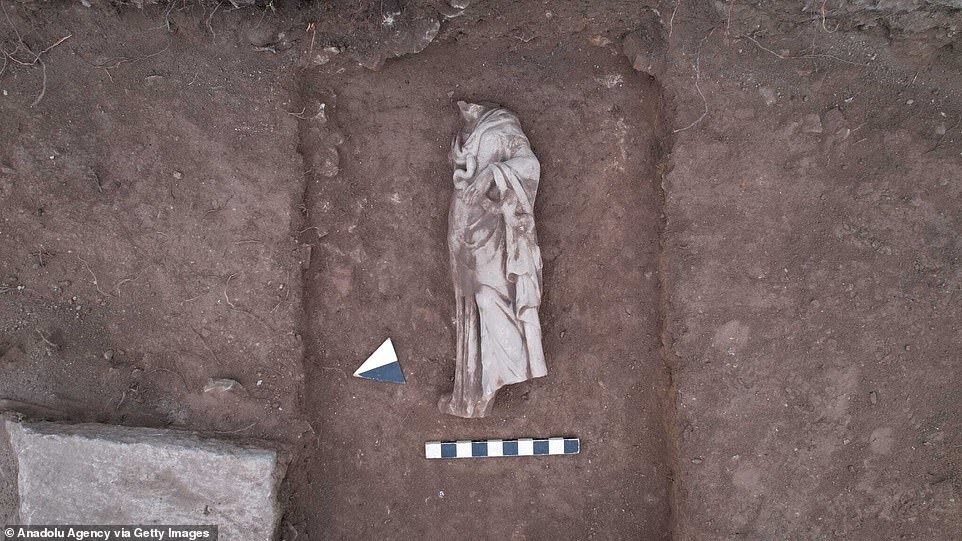
Hygieia represents health, cleanliness and sanitation and is often depicted with a snake coiled around her arm or torso and a cup or chalice in her hand.
According to archaeologists, the find indicates that in Aizanoi in the Roman era there could have been some buildings associated with the cult of health.





